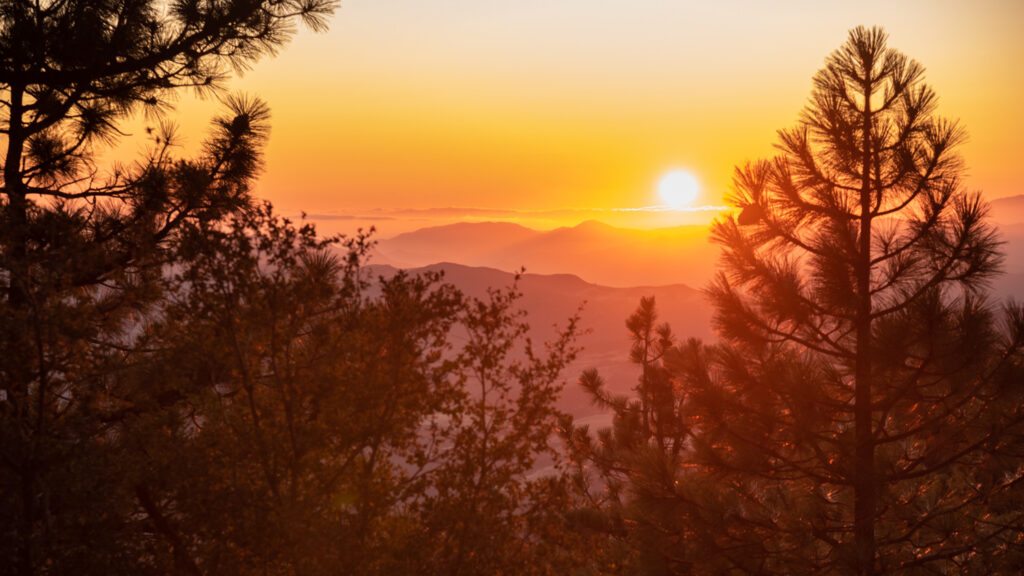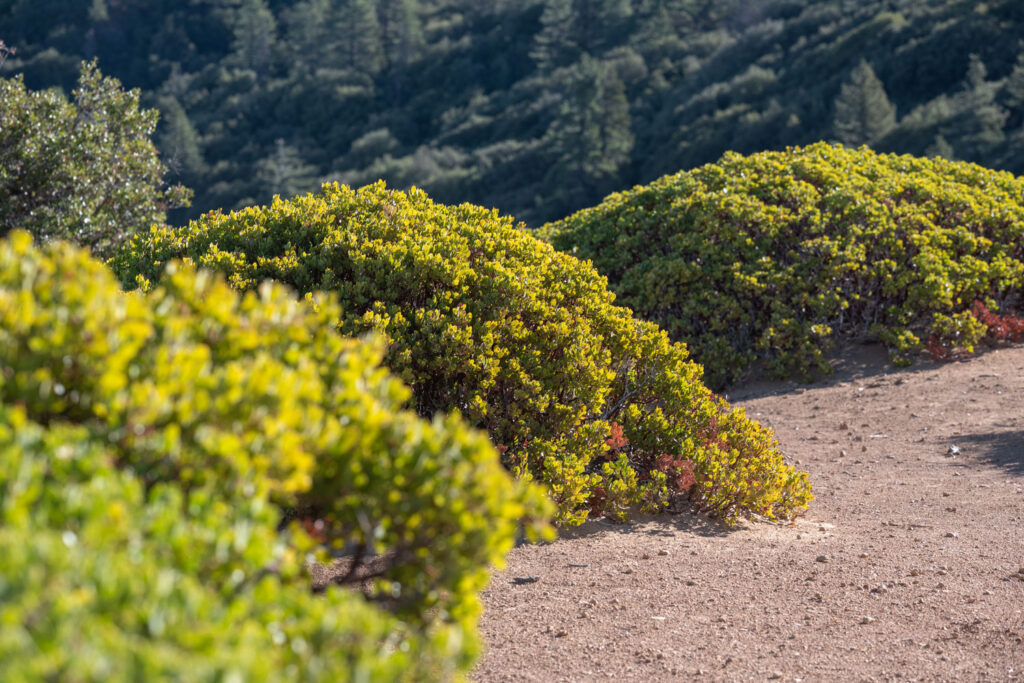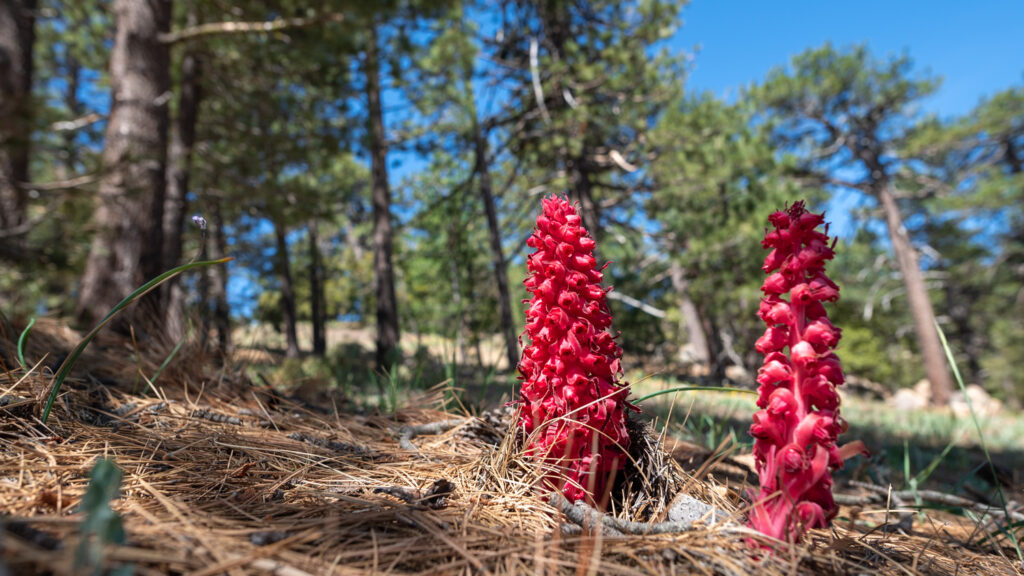Today, a coalition of conservation groups filed their opening arguments in a federal appeals court, seeking to stop a controversial logging and chaparral removal project along Pine Mountain Ridge and Reyes Peak in the heart of the Los Padres National Forest. The move opens a new chapter in a four-year battle to protect this ecologically important landscape that is sacred to Indigenous people.

The groups include Los Padres ForestWatch, Keep Sespe Wild Committee, John Muir Project of Earth Island Institute, American Alpine Club, Center for Biological Diversity, Patagonia Works, and California Chaparral Institute. The groups are represented by the Environmental Defense Center and the Center for Biological Diversity.
In their 44-page legal filing with the Ninth Circuit Court of Appeals, the groups argue that the U.S. Forest Service should have prepared a detailed environmental study prior to approving a plan to cut trees and grind chaparral vegetation. Instead, the Forest Service illegally used three loopholes to evade preparation of an environmental assessment or environmental impact statement and limit input by the public, independent experts, and tribal groups.

The Forest Service’s reliance on these loopholes violates the National Environmental Policy Act, one of our nation’s bedrock laws that requires agencies to thoroughly consider the environmental impacts of their decisions and to adopt alternatives to avoid or minimize those impacts.
“Here, the Forest Service failed to properly examine the Reyes Peak Project’s potential harm to sensitive religious or cultural sites, a protected roadless area (the Sespe-Frazier Inventoried Roadless Area), and a potential wilderness area,” states the brief filed by the conservation groups. “The Forest Service’s cultural impacts analysis, for example, entirely ignores evidence submitted by Plaintiffs, Tribes, and ethnohistory experts.”
The groups also argue that the logging project would remove old-growth and large trees up to 64 inches in diameter, in violation of the Healthy Forests Restoration Act and the Roadless Area Conservation Rule. The Forest Service also failed to use a collaborative process to incorporate input from independent scientists, environmental groups, tribes, and other stakeholders as required by law.

The project would cause damage to sacred sites on ‘Opnow (the Chumash name for Pine Mountain) that are spiritually and culturally important to local Indigenous peoples. Several tribal organizations expressed concerns to the Forest Service—including the Coastal Band of the Chumash Nation, Barbareño/Ventureño Band of Mission Indians, Barbareño Band of Chumash Indians, the Wishtoyo Chumash Foundation, and eleven professional independent archaeologists and ethnohistorians—but the Forest Service ultimately approved the project anyway.
The logging plan is one of the most controversial decisions ever issued in Los Padres National Forest. Approximately 16,000 people submitted written comments to the Forest Service, more than 99% of which were opposed to the project. Several local elected officials voiced objections, along with a state wildlife agency and several independent biologists and forest ecologists. The cities of Ojai and Ventura, and the County of Ventura, all voted to formally oppose the Forest Service’s plan.
The U.S. Forest Service’s response to the court is due on February 26.








Comments are closed.